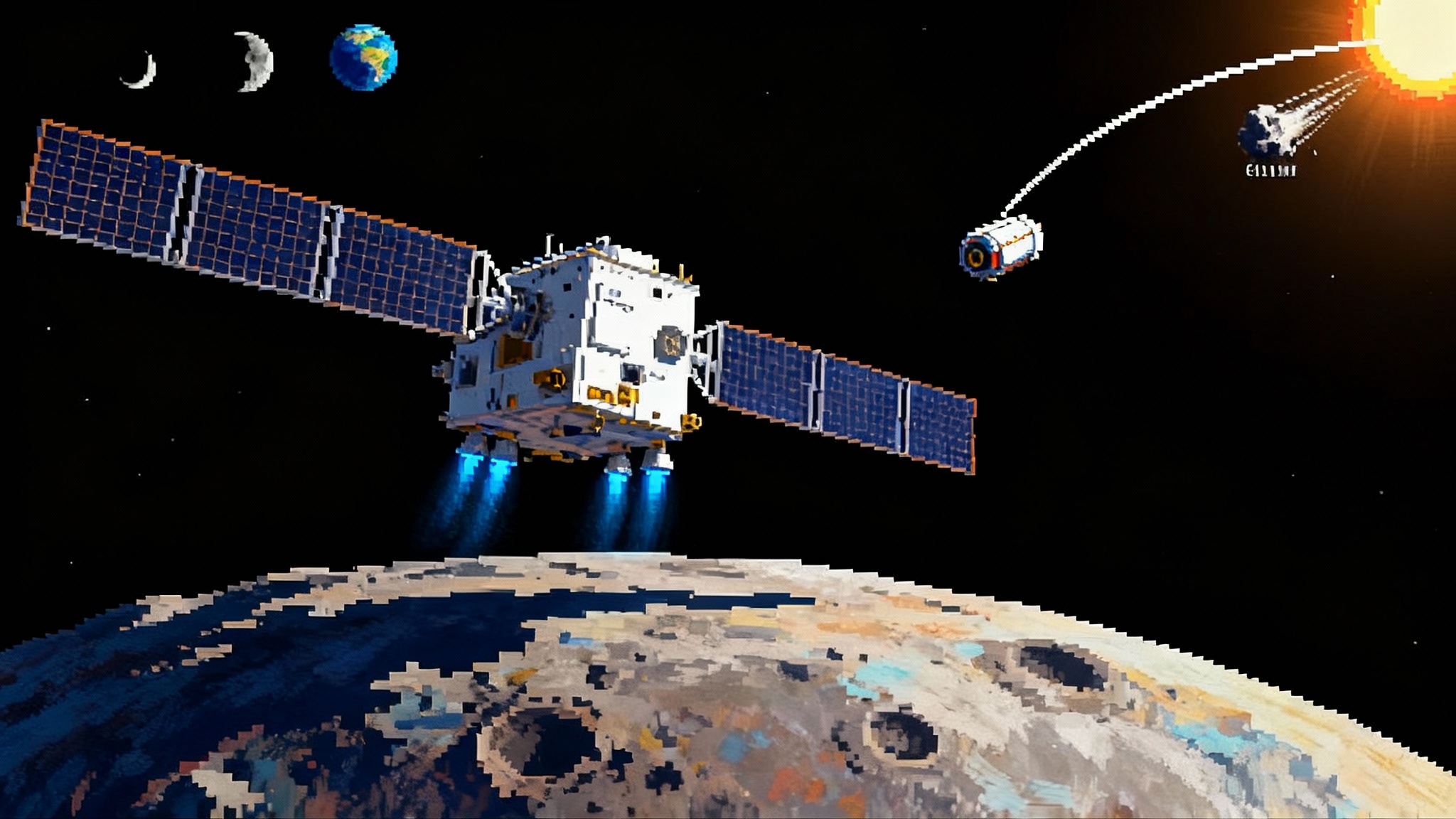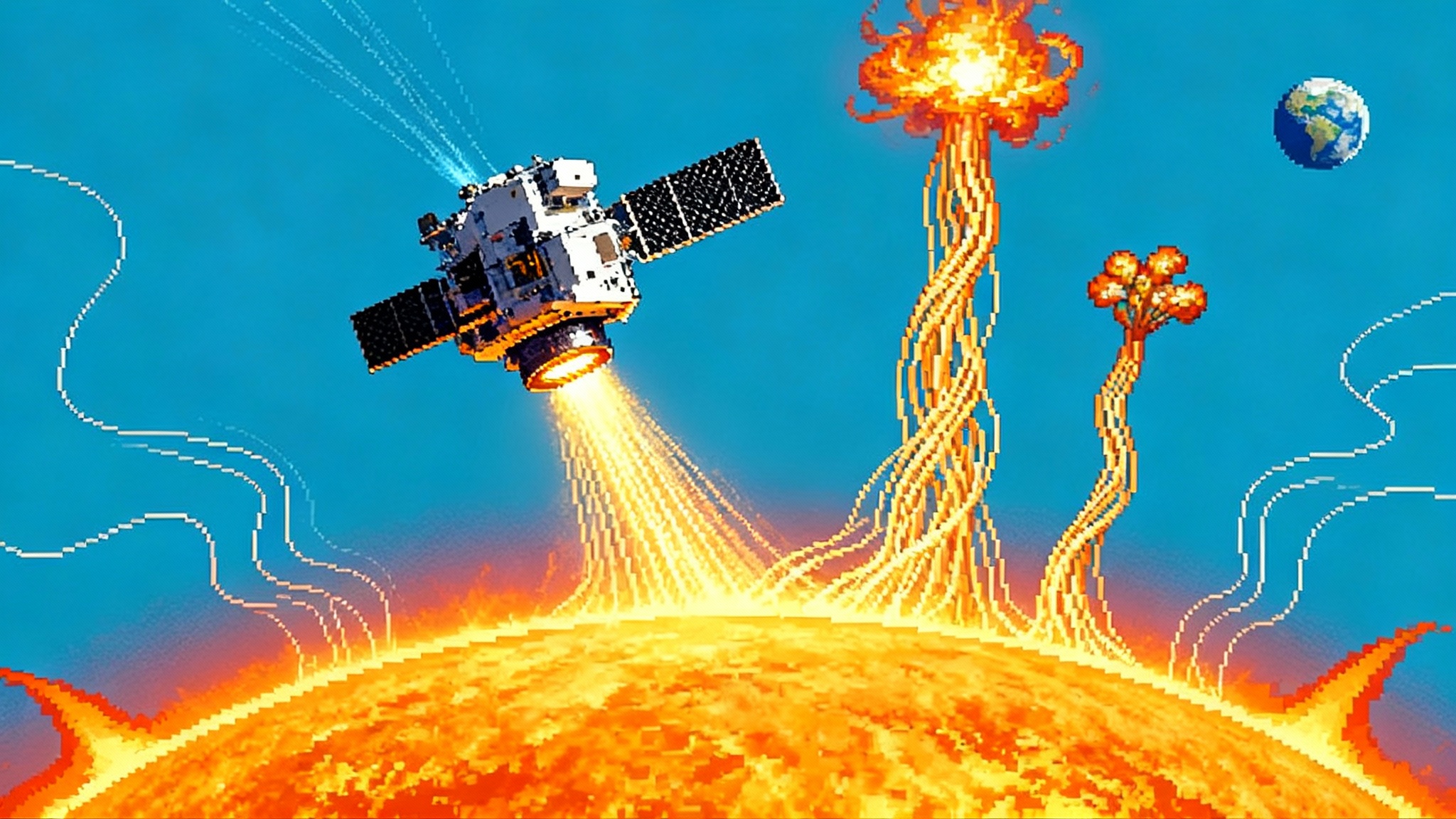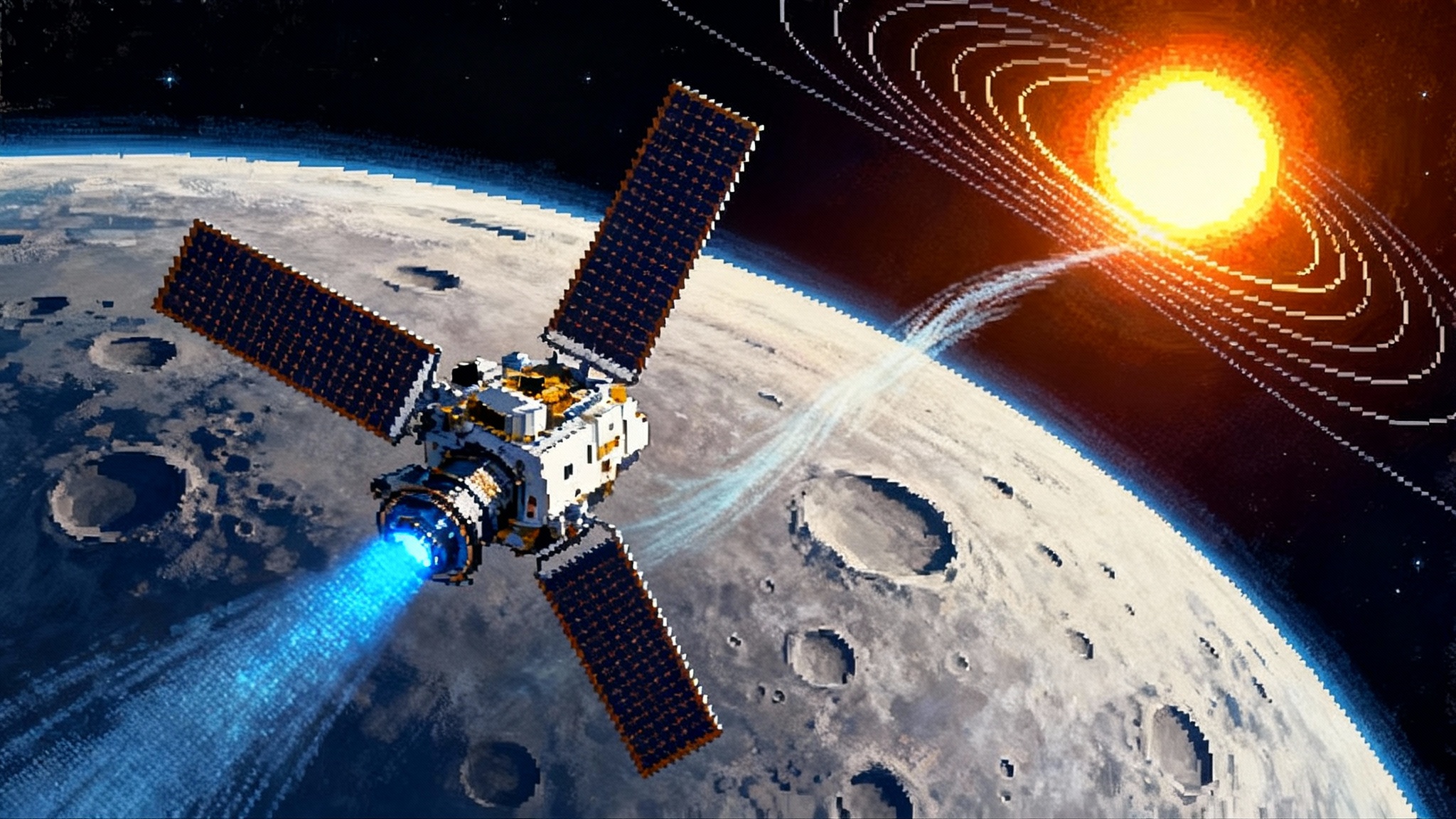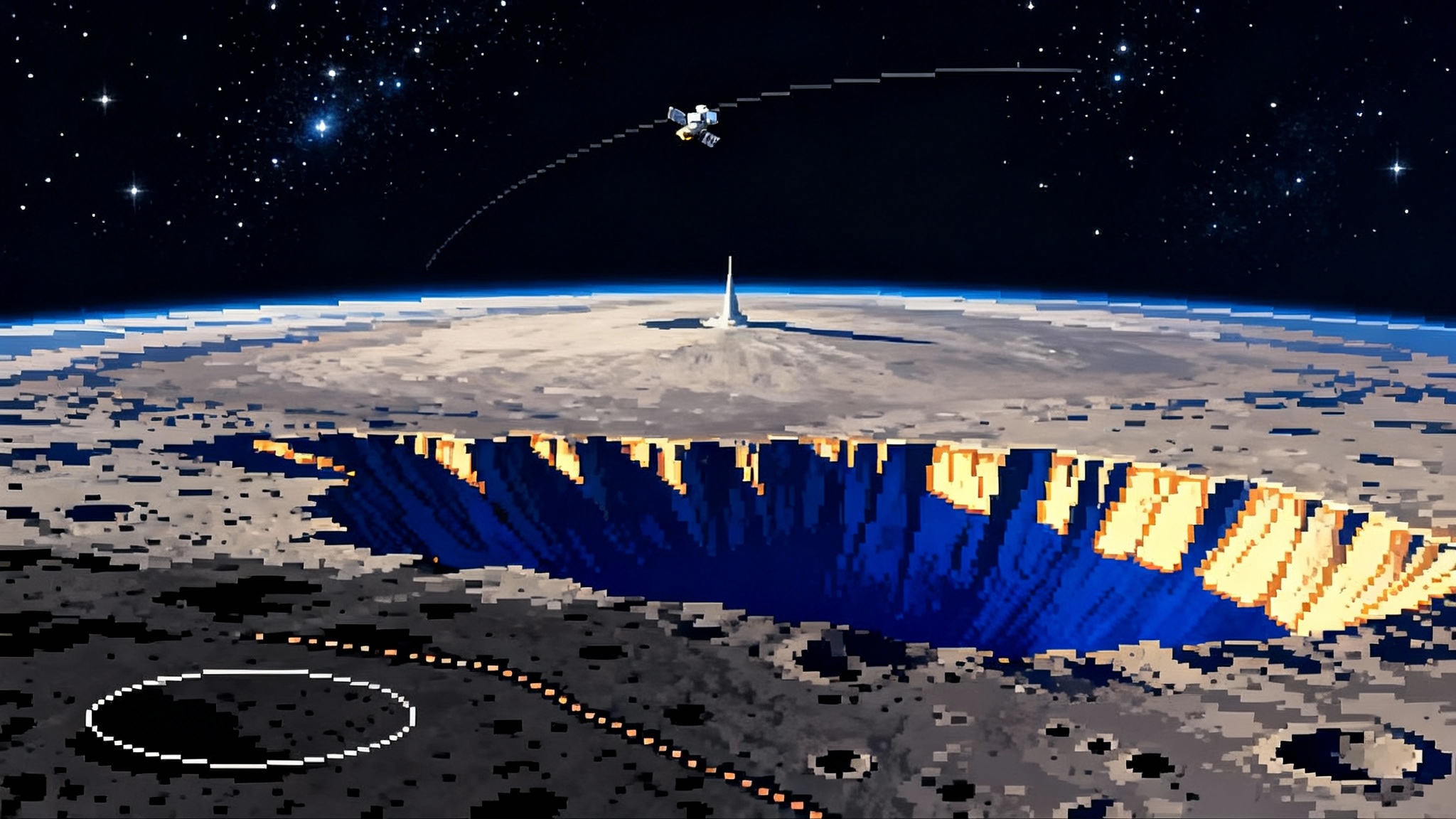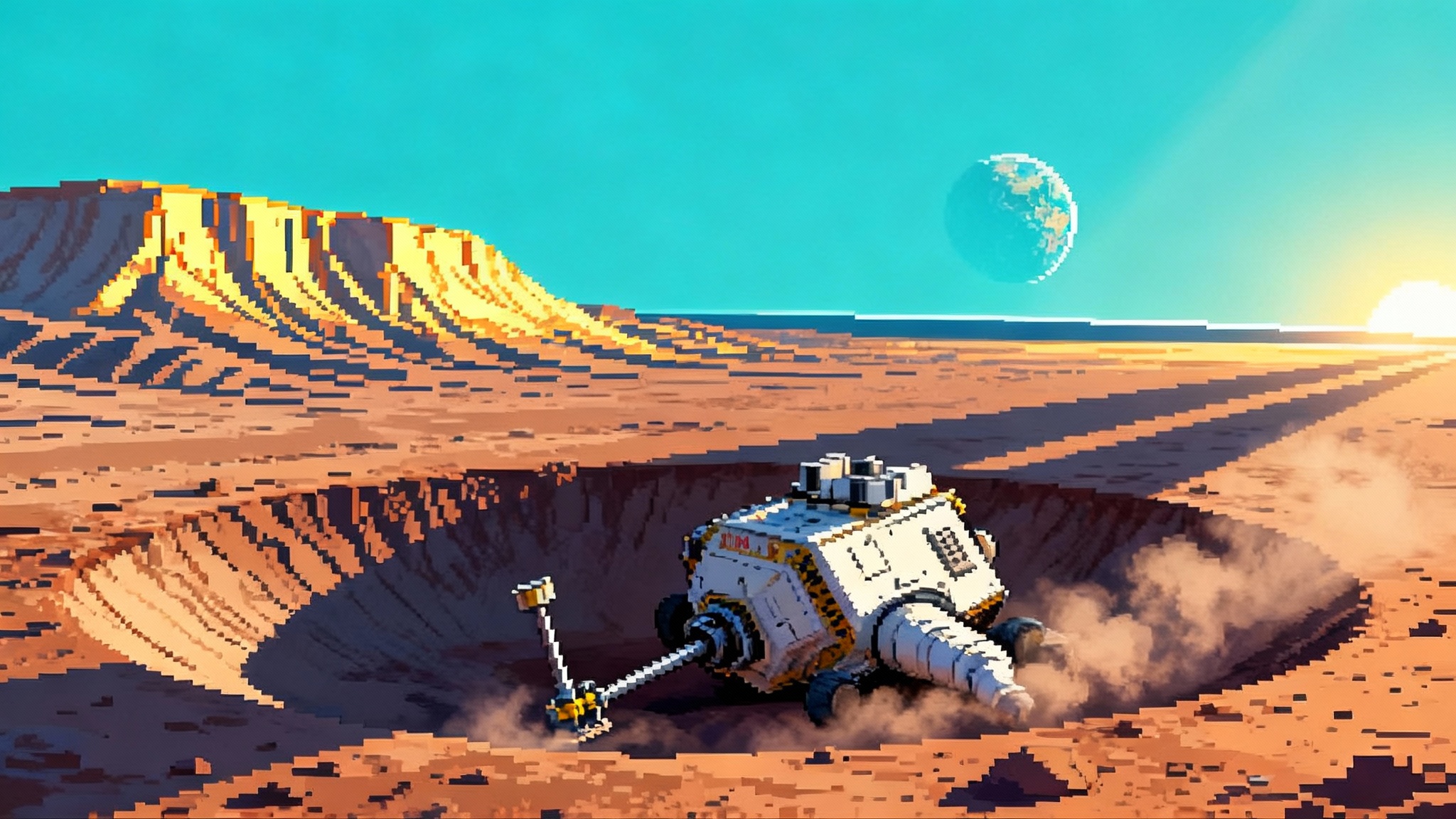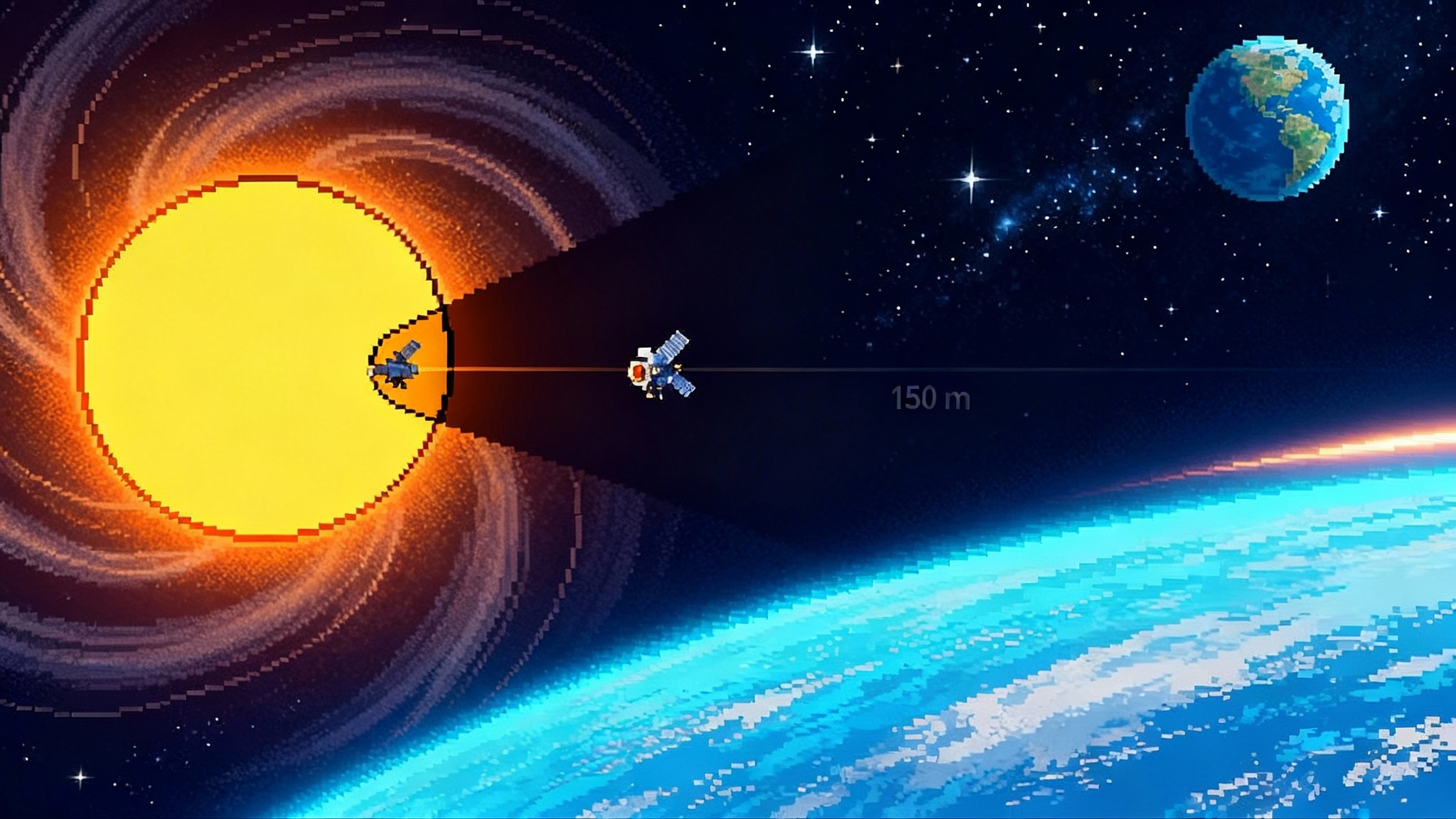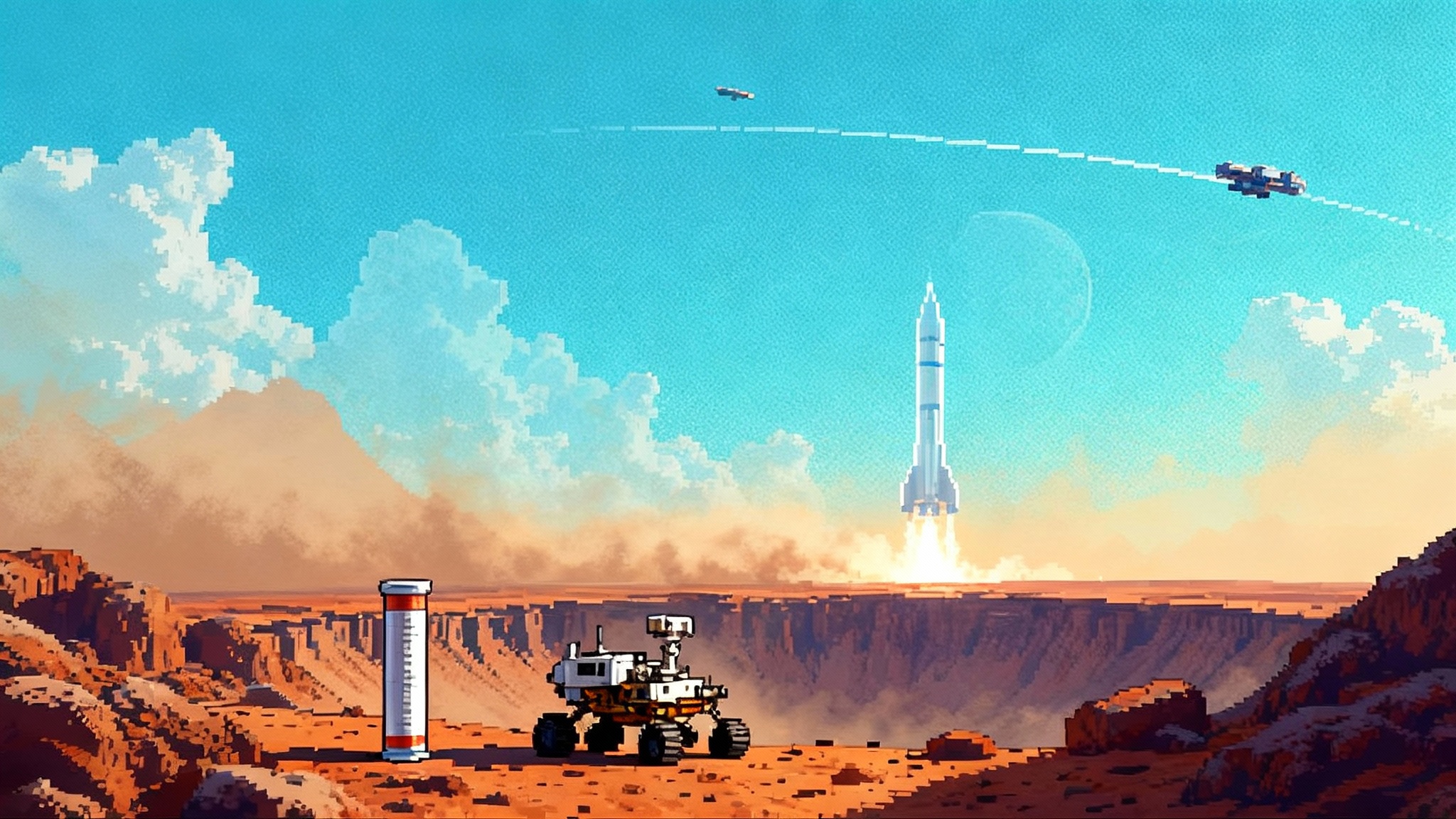Swift's rescue: NASA taps Katalyst for 2026 servicing
NASA has hired Katalyst Space Technologies to rendezvous with the Swift Observatory and push it to a safer orbit in 2026, a first-of-its-kind commercial capture that could reset how agencies extend satellite lifetimes in low Earth orbit.
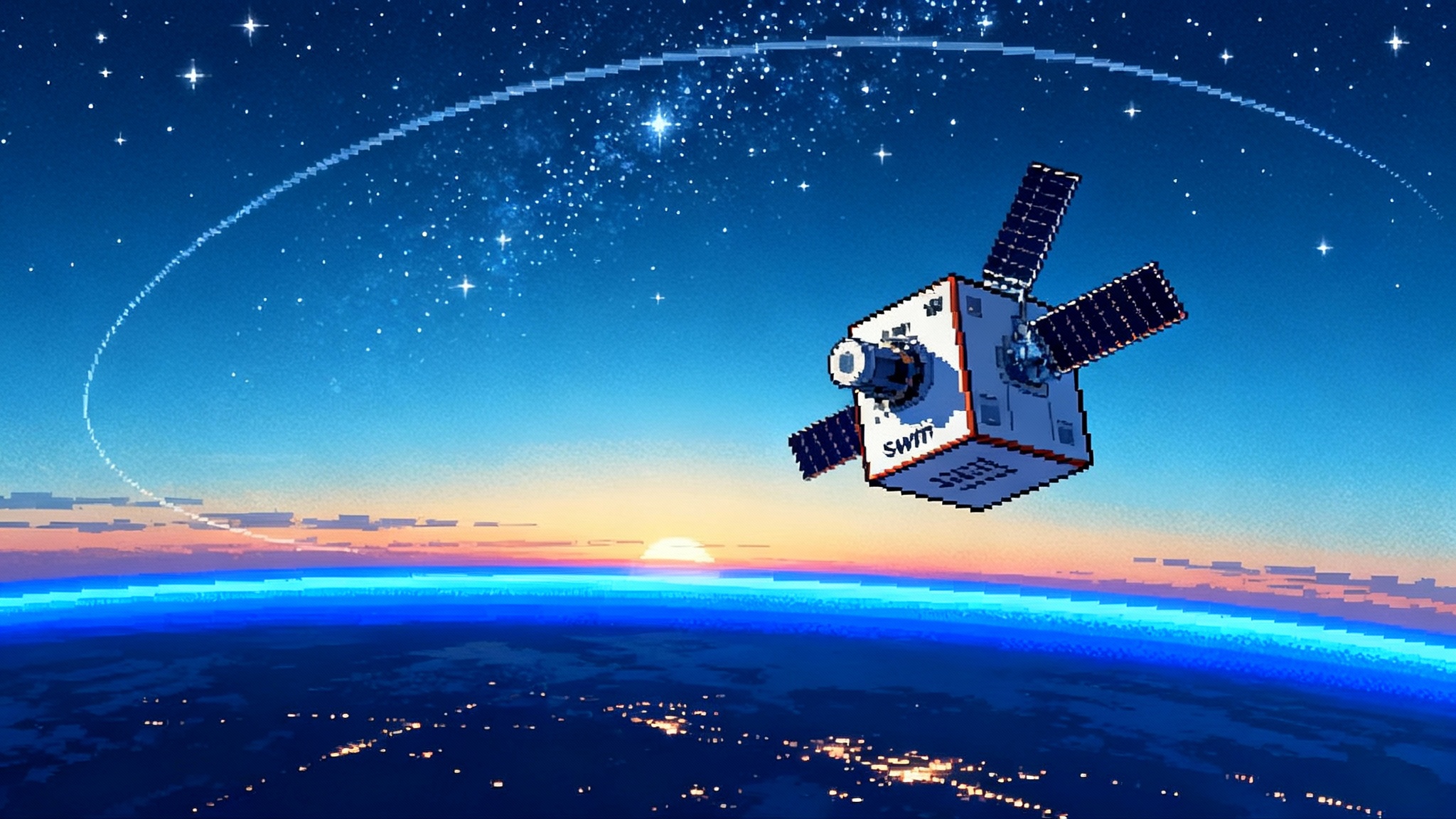
A small tug, a big moment
NASA just changed the playbook for space science. On September 24, 2025, the agency selected Katalyst Space Technologies of Flagstaff, Arizona to send a robotic servicer to the Neil Gehrels Swift Observatory and push it to a higher orbit in 2026. The goal is blunt and urgent: stop Swift’s slow fall toward reentry, keep its instruments watching the high‑energy sky, and prove that commercial spacecraft can safely dock with unprepared government satellites to extend their lives. The award, a Phase III Small Business Innovation Research contract valued at 30 million dollars, targets a spring 2026 launch for rendezvous, capture, and reboost, as detailed in NASA's September 24 announcement.
Swift, launched in 2004, is a workhorse of time‑domain astronomy. It behaves like a dispatcher for the cosmos. When a gamma‑ray burst flashes, Swift relays precise coordinates within seconds so other observatories can sprint to the scene. That responsiveness fits a wider shift in sky monitoring; see how LSST alerts will turbocharge discovery.
Why this is different from past servicing milestones
Commercial servicing is no longer a hypothetical. In 2020, Northrop Grumman’s Mission Extension Vehicle docked to an Intelsat satellite in geostationary orbit, a milestone chronicled in Intelsat’s account of the first commercial docking in orbit. Swift is a different kind of test. It is an uncrewed science telescope owned by a government agency, flying in crowded low Earth orbit where traffic, drag, and lighting conditions complicate every maneuver. The target has no prepared grappling fixtures or refueling ports, and years of thermal cycling can make its surfaces unpredictable to sensors and grippers.
The heart of the problem: RPOD for unprepared clients
The jargon you will hear is rendezvous, proximity operations, and docking, usually shortened to RPOD. The sequence sounds simple. In practice it is a ballet of orbital mechanics and computer vision:
- The servicer phases its orbit to synchronize with Swift’s path and timing, then matches velocity until the relative motion is near zero.
- At a few kilometers, optical navigation and lidar refine the approach. Lighting, background star fields, Earth limb glare, and target reflectivity all affect tracking.
- At tens of meters, the servicer must hold position, back away safely, and try again if anything looks wrong. This is where non‑cooperative targets are hardest; there is no standardized capture fixture or visual fiducials.
- Capture requires a mechanism that can grip what is available without harming fragile appendages like sun sensors or radiators. NASA says Katalyst will capture Swift and perform the orbit raise, implying a fixture‑agnostic grasping approach fit for a satellite never designed for docking.
Think of it like nudging a drifting sailboat in choppy water with another boat, but you must do it without touching the sails or rigging and with the wind constantly changing. That is RPOD with an unprepared client in low Earth orbit.
Why NASA is doing this now
Three forces converged.
- Science value: Swift still produces frontline results. A relatively small investment to keep it alive pays off across the scientific fleet.
- Debris risk: Allowing a large, aging satellite to reenter uncontrolled is a safety and sustainability problem. A successful boost reduces risk and sets a norm that old spacecraft can be shepherded, not abandoned.
- Strategy reset: After canceling OSAM‑1 in 2024, NASA leaned into buying services rather than building them and into seeding a broader industrial base. Swift’s rescue is the first high‑visibility test of that posture for a science satellite.
The inflection point for autonomous servicing
If Katalyst docks safely and lifts Swift higher, it will be a proof that matters far beyond one telescope. Here is why this looks like a pivot, not a one‑off.
- A template for other observatories: Hubble and Chandra are the obvious next questions. Even if a crewed option does not fly, a robotic tug tuned for non‑cooperative capture now feels within reach for Hubble’s aging but capable optics. For context on Hubble’s continuing scientific value, see when Hubble caught a white dwarf.
- Debris economics: Removing or reboosting a few dozen large legacy objects can reduce collision risk far more than removing hundreds of small fragments. A repeatable, priceable tug service makes those high‑leverage missions financeable.
- Software eats RPOD: The hardest parts of non‑cooperative RPOD are perception and control. Once algorithms and training data cover common target geometries and lighting, marginal costs fall and servicers become productized.
- A nudge toward standards: Expect renewed push for lightweight grappling features and relative navigation targets on future missions to make later servicing routine. Operations culture is shifting too; see how Parker’s 2025 data rewires space ops.
What a successful mission looks like
Success is not just a push to a higher altitude. It is a chain of hard checks that create trust for the next customer.
- Mission design that respects conjunction risk during approach, with pre‑planned hold points and abort maneuvers.
- Relative navigation that performs under mixed illumination, with the bright Earth limb in view, and with Swift’s real geometry rather than a clean computer‑aided model.
- A capture that leaves no lasting harm, avoids inducing unwanted spin, and keeps appendages safe.
- A burn plan that raises perigee and lowers atmospheric drag enough to gain years of life, while keeping thermal and radiation environments within Swift’s tolerances.
- Telemetry and imagery released so independent reviewers can audit performance without revealing proprietary specifics.
A dual‑use market that is already here
The United States is not alone in developing servicing, towing, and debris‑removal capabilities. China’s Shijian‑21 towed a defunct satellite to graveyard orbit in 2022, a demonstration that alarmed security analysts because the same techniques can reposition other nations’ assets. The line between responsible debris mitigation and potential counterspace capability is thin, which is why transparency and norms matter. If the Swift mission is documented and shared as a science‑first success, it strengthens U.S. leadership by example while advancing a capability the defense community also values.
Commercially, the path is clearer than in past decades. The geostationary market already validated life extension with MEV contracts. Low Earth orbit adds complexity but also scale as thousands of satellites age out each year. The Swift contract sets a benchmark price and timeline for a high‑visibility government customer, which helps private buyers and insurers price similar services for communications fleets and Earth‑observation constellations.
The money and the math
Thirty million dollars is a rounding error compared to the cost and time of building a replacement ultraviolet or X‑ray telescope. That budget buys a shot at multiple extra years of Swift science plus a reusable playbook for similar missions.
For policymakers and program managers, watch these unit economics:
- Cost per meter per second of delivered delta‑v for non‑cooperative clients, including amortized guidance, navigation, and control development.
- Insurance premiums for RPOD in low Earth orbit, and how they fall if demonstrations release high‑quality data on approach safety and contingency handling.
- Cost of adding small capture targets and navigation aids to new satellites during design, compared to late‑life rescue missions.
- The price differential between reboost and controlled deorbit services, versus the expected damage and cleanup costs of uncontrolled reentries.
What to watch between now and spring 2026
- Hardware readiness: Katalyst’s servicer must finish integration and test on a schedule measured in months. Watch for environmental testing milestones and propulsion system acceptance.
- Conjunction risk management: Expect pre‑mission coordination with tracking authorities. The approach corridor and windows will be shaped by traffic and space weather.
- Operations rehearsal: High‑fidelity simulations with realistic lighting and thermal models are critical to derisk the final tens of meters. Any public rehearsal imagery will be a useful signal.
- Data policy: NASA can multiply the mission’s value by releasing approach and docking telemetry, redacted where necessary. That data will strengthen future non‑cooperative captures.
- Science continuity: The Swift team’s plan for pausing, verifying post‑boost health, and restarting observations will show how minimal the downtime can be.
The bigger bet: winding down debris without winding down discovery
There is a tendency to treat debris removal and science extension as separate lanes. The Swift rescue argues they are the same lane. A commercial tug that can nudge an aging telescope up can also nudge dead mass down. A servicer that can find and grip an unprepared science client can also secure a derelict rocket stage. The algorithms, sensors, and playbooks are shared, and the more often they are used, the safer orbits become.
A clear call for the next moves
- NASA should codify a repeatable acquisition pathway for small rescue and disposal missions, with pre‑negotiated task orders and standard data‑release clauses.
- Science missions launching after 2026 should include a minimal non‑intrusive servicing interface, such as reinforced capture points and visual fiducials.
- Industry should publish safety case templates for non‑cooperative captures in low Earth orbit, including abort logic and keep‑out zones reviewable by independent experts.
- The research community should plan coordinated observing campaigns around reboost windows so downtime is productive, for example by scheduling calibration or cross‑validation activities.
- Regulators should harmonize licensing for RPOD across civil and defense missions to avoid bespoke approvals that delay time‑critical rescues.
The bottom line
Swift’s rescue is more than an engineering errand. If a modest, fast‑turn effort can dock with an unprepared science satellite in low Earth orbit, lift it, and return it to work, the old assumptions about one‑and‑done spacecraft start to fade. The result is not just an extended Swift, it is a playbook for keeping discovery alive while making orbit safer.
